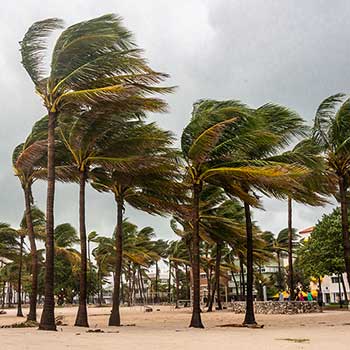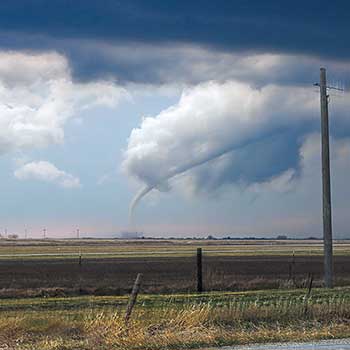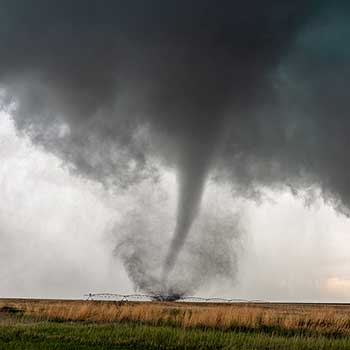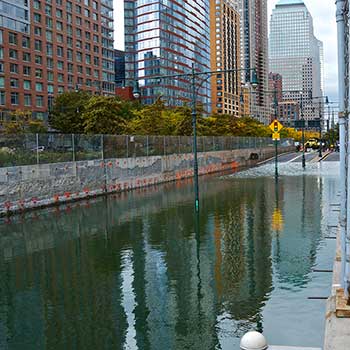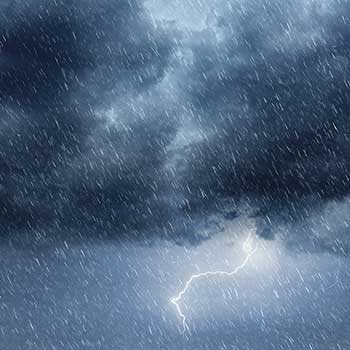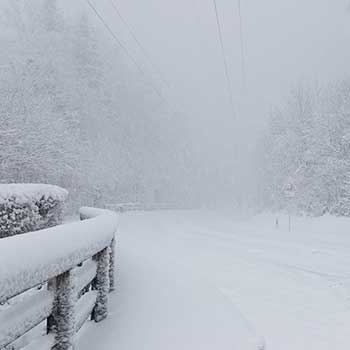Even though the future of the National Flood Insurance Program is uncertain, the federal government is encouraging property owners to obtain flood insurance.
Standard homeowners insurance policies don’t cover flood damage. According to the Florida Office of Insurance Regulation, only 13 private companies offer flood insurance that doesn’t piggyback on federal policies. Nine companies also offer excess policies that provide coverage over the $250,000 structural limit under the federal flood insurance program.
The federal government established the National Flood Insurance Program (NFIP) in 1968 to fill the gap in flooding coverage. The program provides flood insurance, improves floodplain management and develops flood hazard zone maps. The program is managed by the Federal Emergency Management Agency (FEMA), which is part of the Department of Homeland Security. FEMA also coordinates the federal government’s relief efforts following natural disasters and other national emergencies.
Understanding Your Federal Flood Insurance Policy
But what damage does a federal flood insurance policy actually cover? It might help to start with what is excluded. For example, NFIP policies don’t cover personal property located in a basement or crawl space. Coverage is also capped at $250,000 per building and $100,000 for contents. Also keep in mind that NFIP policies do not go into effect until 30 days after purchase. So nothing is covered in your home during that 30-day period.
Here is a non-exhaustive list of what is covered under your NFIP policy:
- Built-in appliances like dishwashers and washing machines are typically covered, as well as refrigerators (but not the food inside them) and ranges.
- Essential home systems, including (but not limited to) electrical and plumbing systems, central air conditioning and heat pumps, are covered.
- Personal property like furniture, clothing and electronics are covered (unless stored in a basement or crawl space as noted above). NFIP policies also cover certain valuables, like artwork, up to $2,500.
- Permanently installed carpet is likely covered, as are window treatments (such as blinds and curtains), permanently installed paneling, bookcases and cabinets.
- Foundation walls and stairs attached to the building are covered.
- Ten percent of your coverage can be applied to damage to an attached garage used for parking or storage.
Make sure to read through your policy carefully so that you understand what is covered and what is not.
What Constitutes “Flooding”?
A typical flooding event arises during a hurricane or other major storm. But federal flood insurance also provides coverage for other water-related damage, such as a water main break or a mudslide. But NFIP does not cover damage caused by a sewer backup unless the homeowner can prove that the backup was the direct result of flooding. An experienced insurance attorney can determine if a particular flooding event is covered under your policy and help you resolve a claim dispute.
Contact Us Today for Assistance
Homeowners have multiple options when it comes to resolving disputes with their insurance providers. If a dispute arises under your flood insurance policy, the Florida attorneys at the Insurance Litigation Group can help you with your dispute, so that you can receive the compensation that you are entitled to under your flood insurance policy. At Insurance Litigation Group, we take the time to analyze and interpret your flood policy and understand the full measure of damages available to you. We work with construction experts, restoration professionals and others to determine the facts and will fight aggressively on your behalf.
Contact us today for a free consultation and don’t worry -experienced and aggressive attorneys at ILG are on your side!
Resources:
staugustine.com/news/local-news/2018-01-05/fema-urges-property-owners-get-flood-insurance-nfip-currently-authorized
theatlantic.com/politics/archive/2017/08/congress-flood-insurance/535731/
fema.gov/national-flood-insurance-program-flood-hazard-mapping
